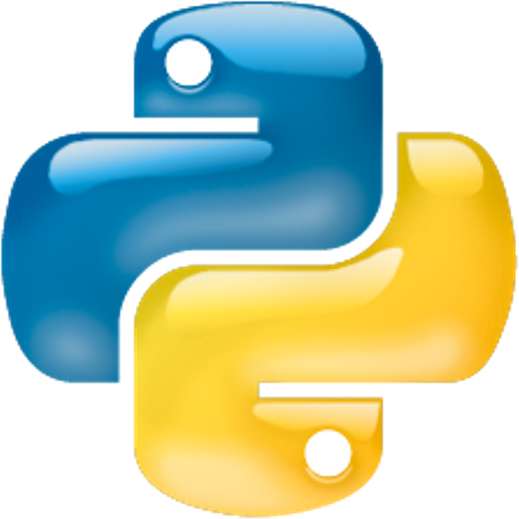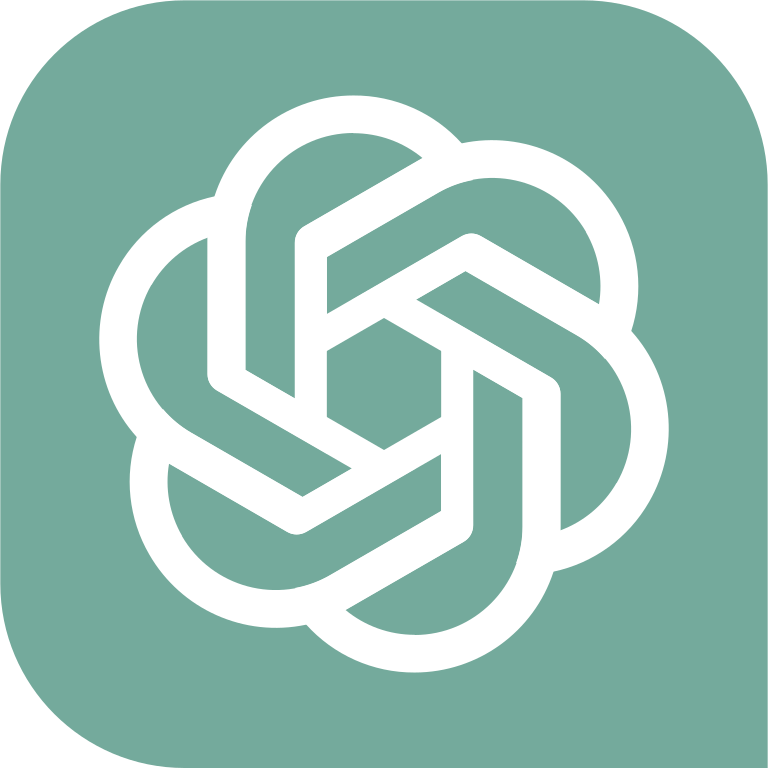Table of Contents » Chapter 5 : Disciplines : Management
Management
Overview
The relationship between Python programming and the field of Management is increasingly becoming indispensable, especially in the context of data-driven decision making. With the advent of big data, managers across industries are leveraging Python's easy-to-use and versatile capabilities for a variety of tasks. Python's libraries like pandas and NumPy help in data manipulation and mathematical computations, making it simpler to deal with large datasets common in today's business landscape. Visualization tools such as matplotlib and seaborn enable managers to transform complex data into easy-to-understand visual formats, supporting better decision making. Beyond data analysis, Python's libraries for machine learning and AI, such as scikit-learn and TensorFlow, are used to generate insights, predict trends, and automate decision-making processes. Moreover, Python can also be used in project management for task automation and optimizing workflows, saving valuable time. Hence, the intersection of Python programming with Management is a powerful combination, empowering managers to derive actionable insights from data, improve efficiency, and ultimately drive business performance.
- Operations Management: Python is used for optimizing production schedules, managing supply chains, predicting maintenance needs, and managing inventory through forecasting models.
- Strategic Management: Python can be used to analyze business data and generate insights to inform strategic decisions, such as market entry, competitive strategy, and resource allocation.
- Human Resource Management: Python can be used in HR analytics to inform decisions on hiring, retention, performance management, and employee engagement.
- Marketing Management: Python can be used for customer segmentation, predicting customer lifetime value, analyzing customer feedback, and optimizing marketing campaigns.
- Financial Management: Python is used to analyze financial data, model financial risks, value financial instruments, and support decisions on investment, budgeting, and financial planning.
- Project Management: Python can be used to automate and optimize project scheduling, allocate resources efficiently, and analyze project risks.
- Quality Management: Python can be used to monitor and analyze quality metrics, model quality-related risks, and inform quality improvement initiatives.
- Information Systems Management: Python is used to develop and manage information systems, analyze system data, and inform decisions on IT investments and cybersecurity.
- Change Management: Python can be used to analyze change-related data, model change-related risks, and monitor the impact of change initiatives.



